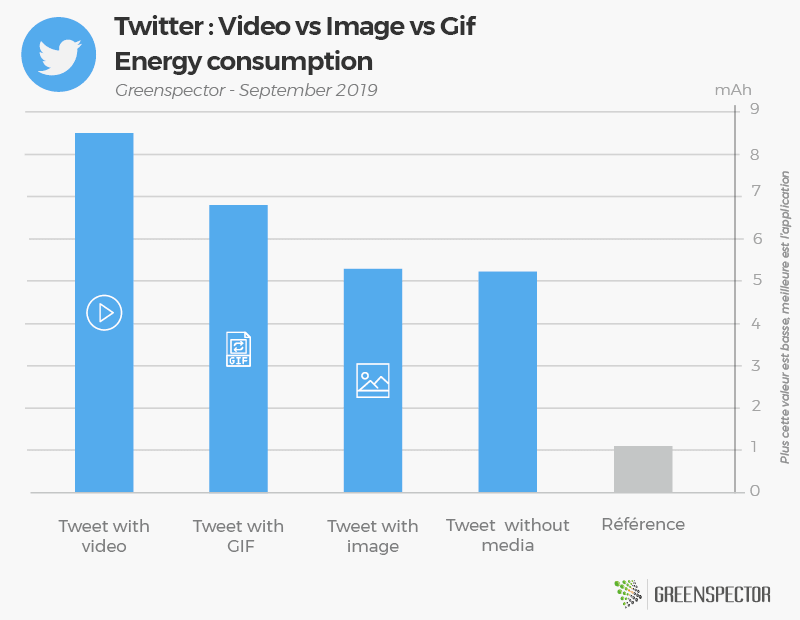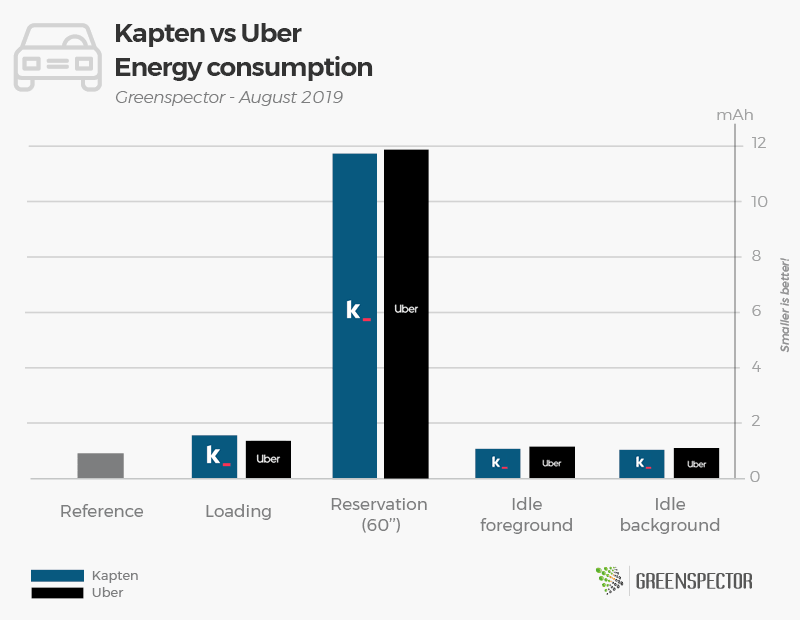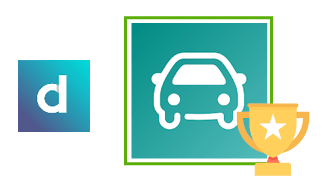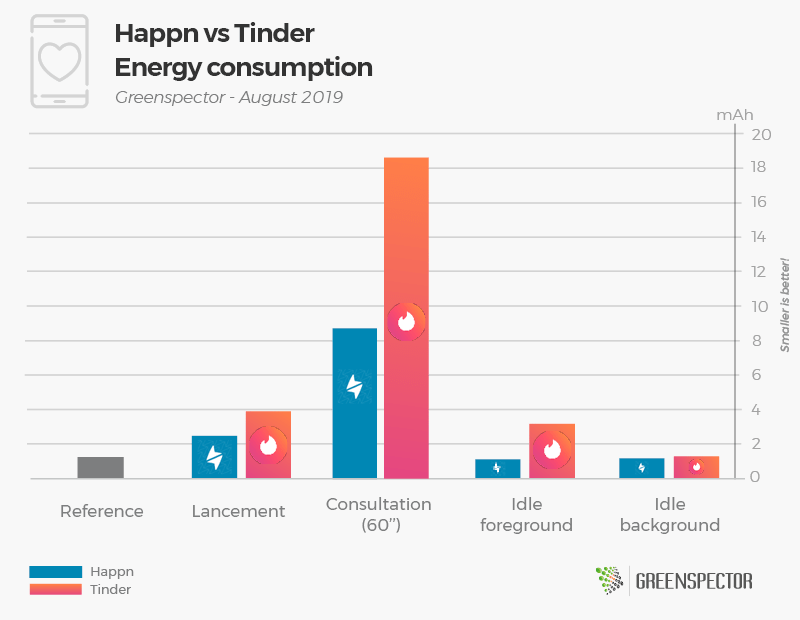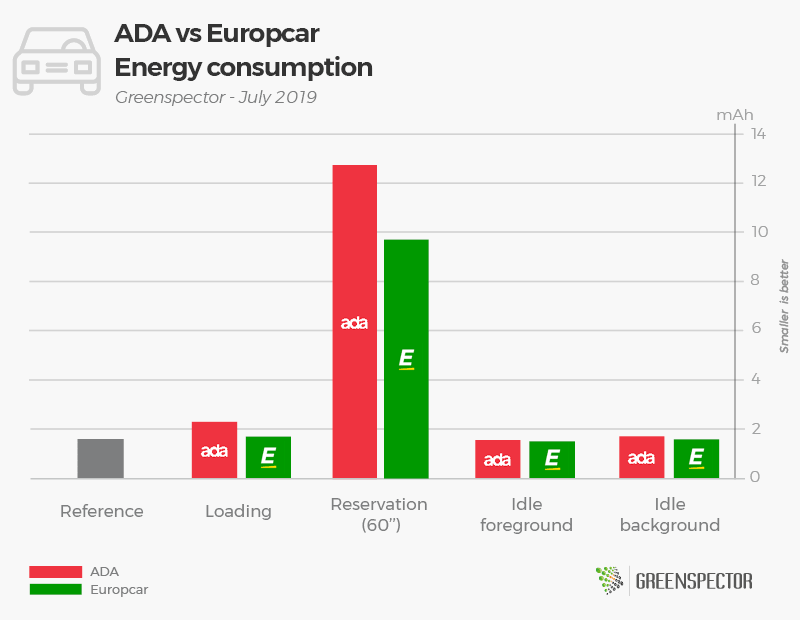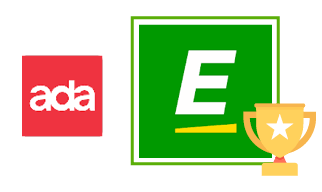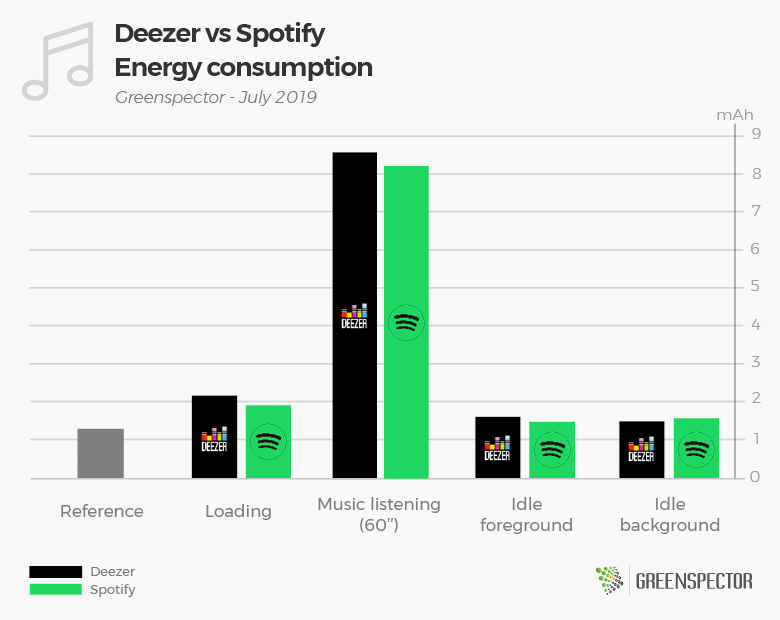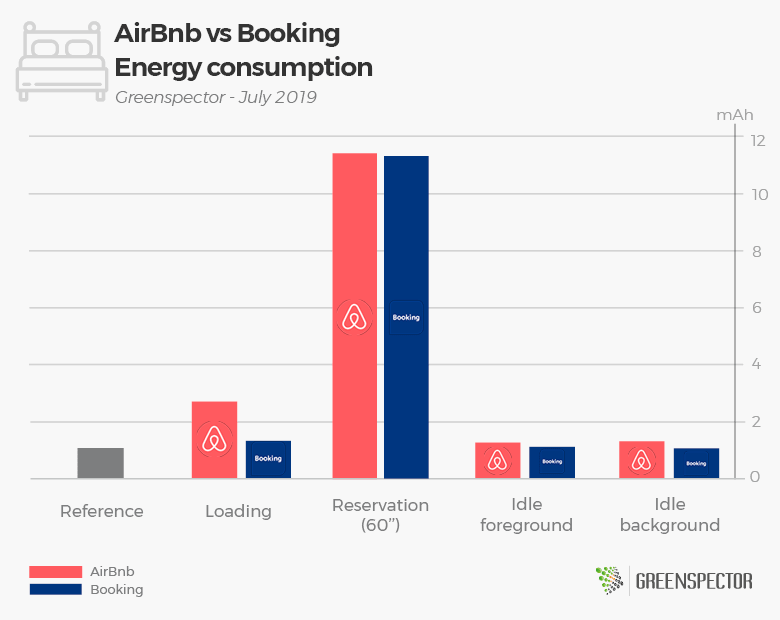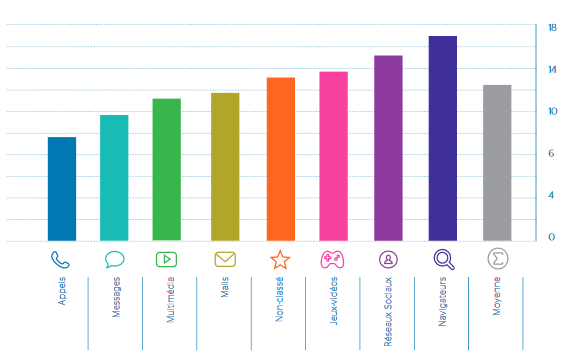The battle of the week: United Wardrobe vs Vinted
“Second-hand” clothing applications are a hit with fashion lovers and platforms, and platforms have proliferated in recent years. Today we compare two competing apps: United Wardrobe and Vinted on their mobile energy consumption.

In the left corner United Wardrobe, created in the Netherlands, a real community market designed to buy and sell items from the world of fashion. Their mission is to “democratize used clothes”.
In the right corner Vinted, created in 2012 in Lithuania and which landed in France in 2013, is also a community online market whose purpose is to buy, sell and / or exchange used clothes. 1.4 million users in the hexagon.
The weighting
At weighing United Wardrobe is the heavier application with a weight of 81 MB. Its opponent Vinted is lighter with a weight of 71 MB, or 13% less.
The fight
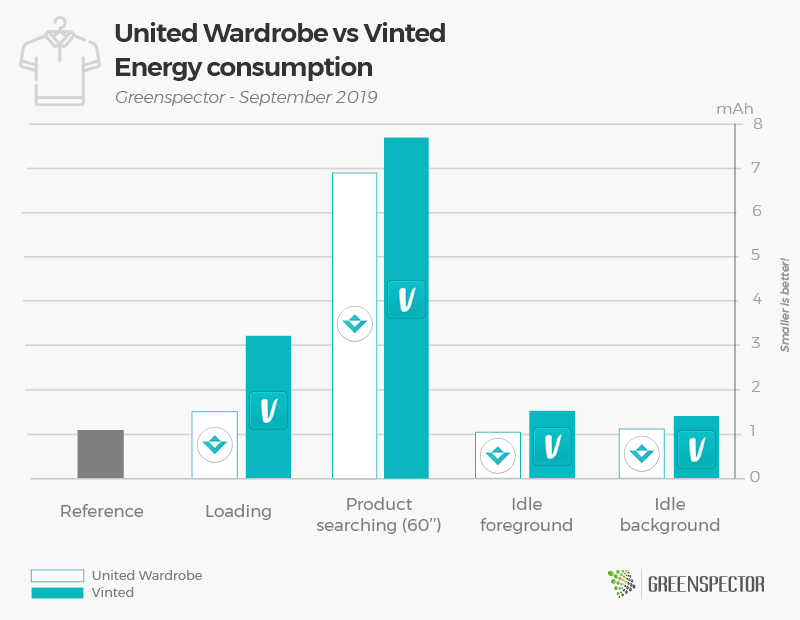
All the lights are now turned on the fighters and the match can finally begin.
In the first part of the battle to measure the impact of the launch phase of the application, United Wardrobe (1.5 mAh) wins the first round by consuming 52% less than his opponent Vinted (3.2 mAh). In the second round that corresponds to the use scenario, United Wardrobe (6.9 mAh) still leads to Vinted (7.7 mAh) with a 10% lower consumption. To end this confrontation, we have set up two decisive rounds of observation of the rest phases of each opponent. United Wardrobe is still the leader of the game with a consumption of less than 30% for the foreground inactivity phase and 18% for the background inactivity phase.
The bell rings, end of the match!
The winner

Without any surprise, it’s the United Wardrobe app that wins this game with an overall score of 10.6 mAh at 13.8 mAh, a 23% difference in consumption against its opponent Vinted. For the data exchanged and memory consumption, it is the same observation, the application United Wardrobe is less consuming.
For those who like numbers
| Application | Version | Downloads | Playstore Grade | App weight (MB) | Exchanged data (KB) | Memory consumption (MB) | Energy consumption (mAh) |
|---|---|---|---|---|---|---|---|
| United Wardrobe | 3.9.0 | 1 000 000+ | 3.3 | 81 | 1.5 | 70 | 10.6 |
| Vinted | 8.41.1.2 | 5 000 000+ | 4.5 | 71 | 6.3 | 137 | 13.8 |
On a 1-minute usage scenario, Vinted has a consumption equivalent to that of an application like ShareIt. While United Wardrobe is getting closer to consuming an video games app such as PUBG. (Source: Study Consumption of top 30 most popular mobile applications)
The measurements were carried out by our laboratory on the basis of a standardized protocol, respecting a specific user scenario (launch of the app, product searching, product overview). The other scenarios are the launch of the application (20”), inactivity in the foreground (20”) and inactivity in the background (20”). This methodology makes it possible to estimate the embedded application complexity and its energy impact during the use phase.
Find the battle of last week : Leboncoin vs Locanto
Battles ideas? Contact us!

Kimberley DERUDDER has been digital marketing manager at Greenspector for more than 5 years. Kimberley graduated with a master’s degree in Marketing – Communication and specialized in Inbound Marketing after her first two years at Greenspector. Today in charge of the animation of the marketing, social media and lead generation strategy, she also takes care of app comparisons and battles.


